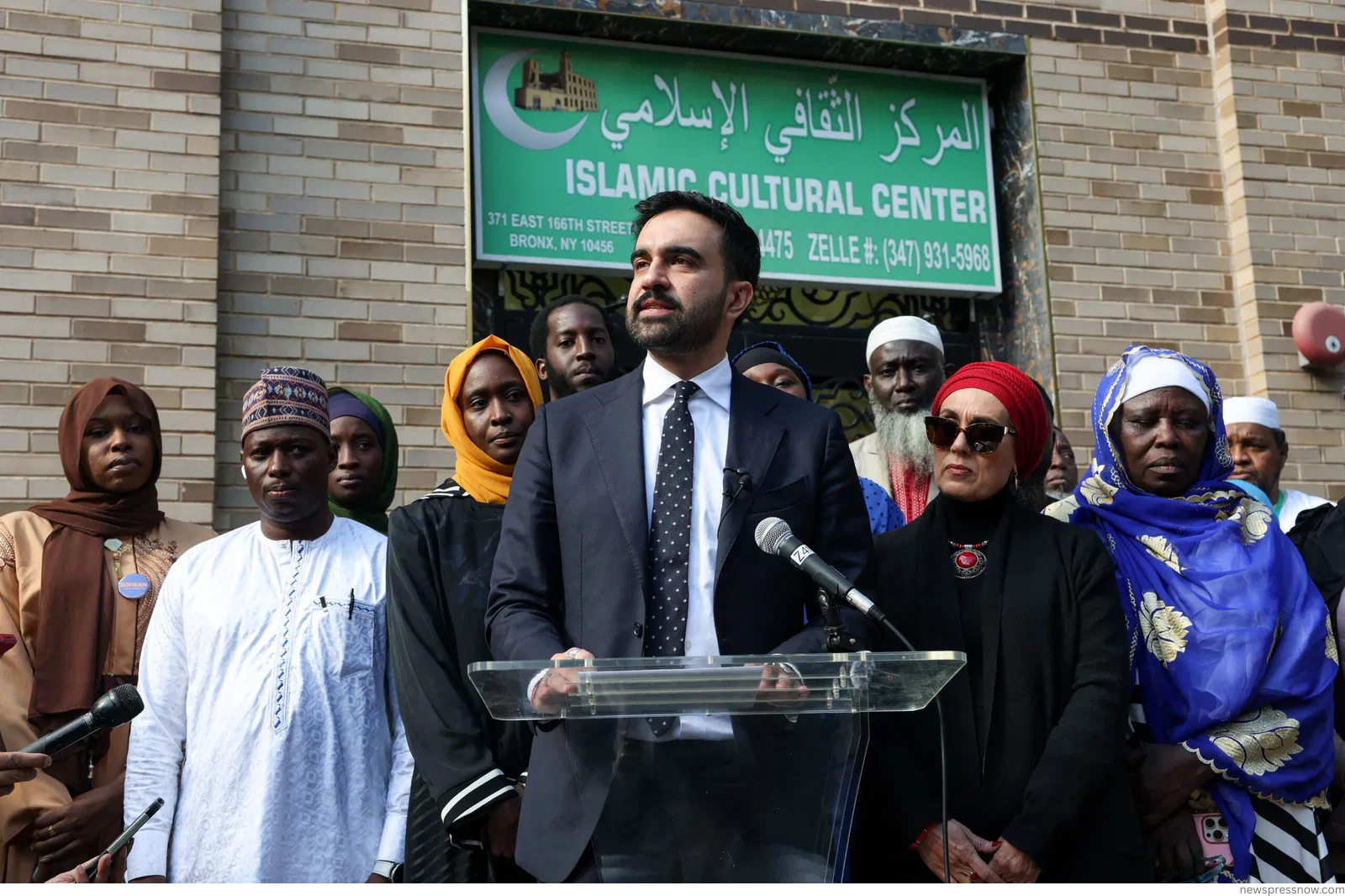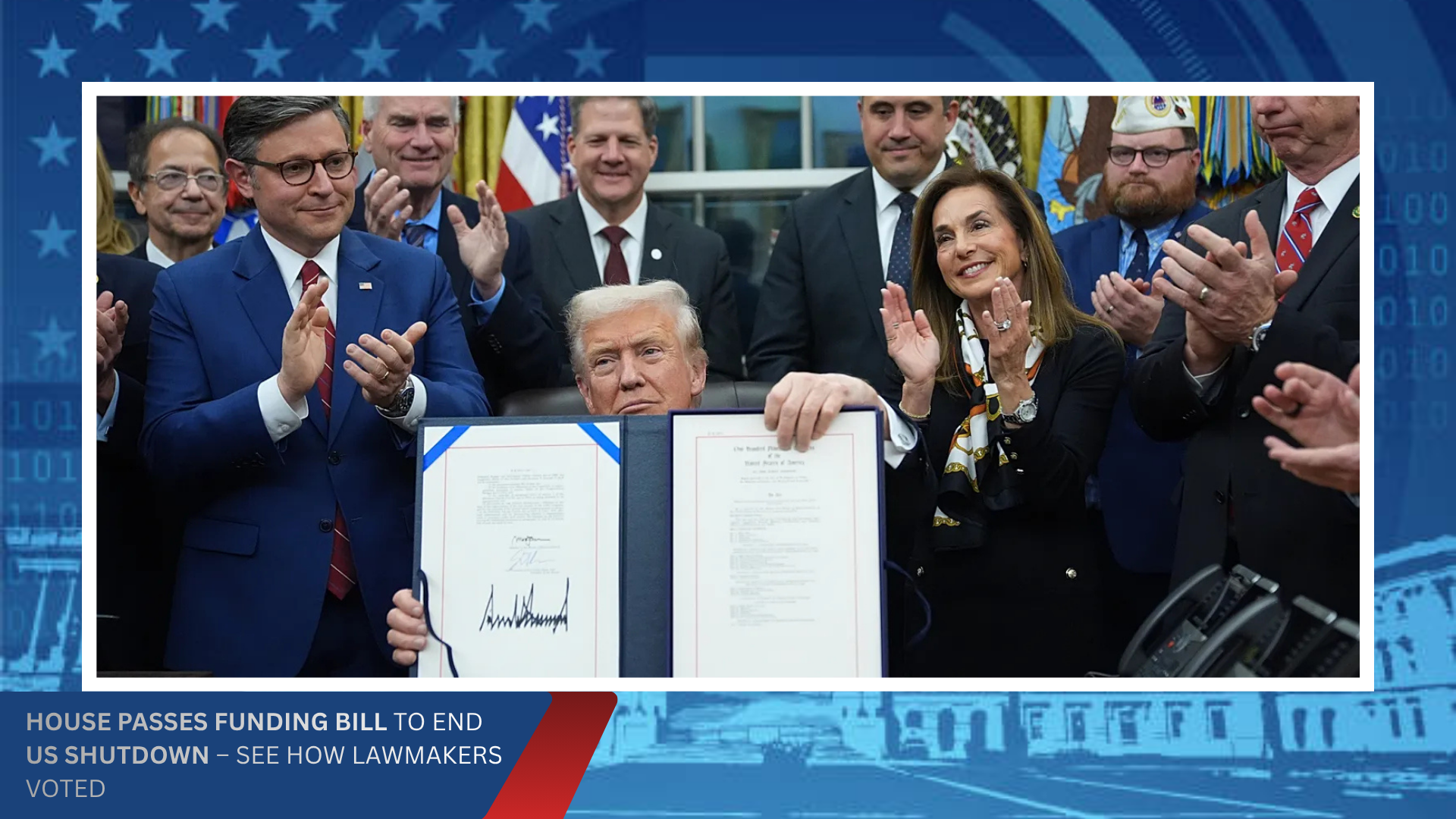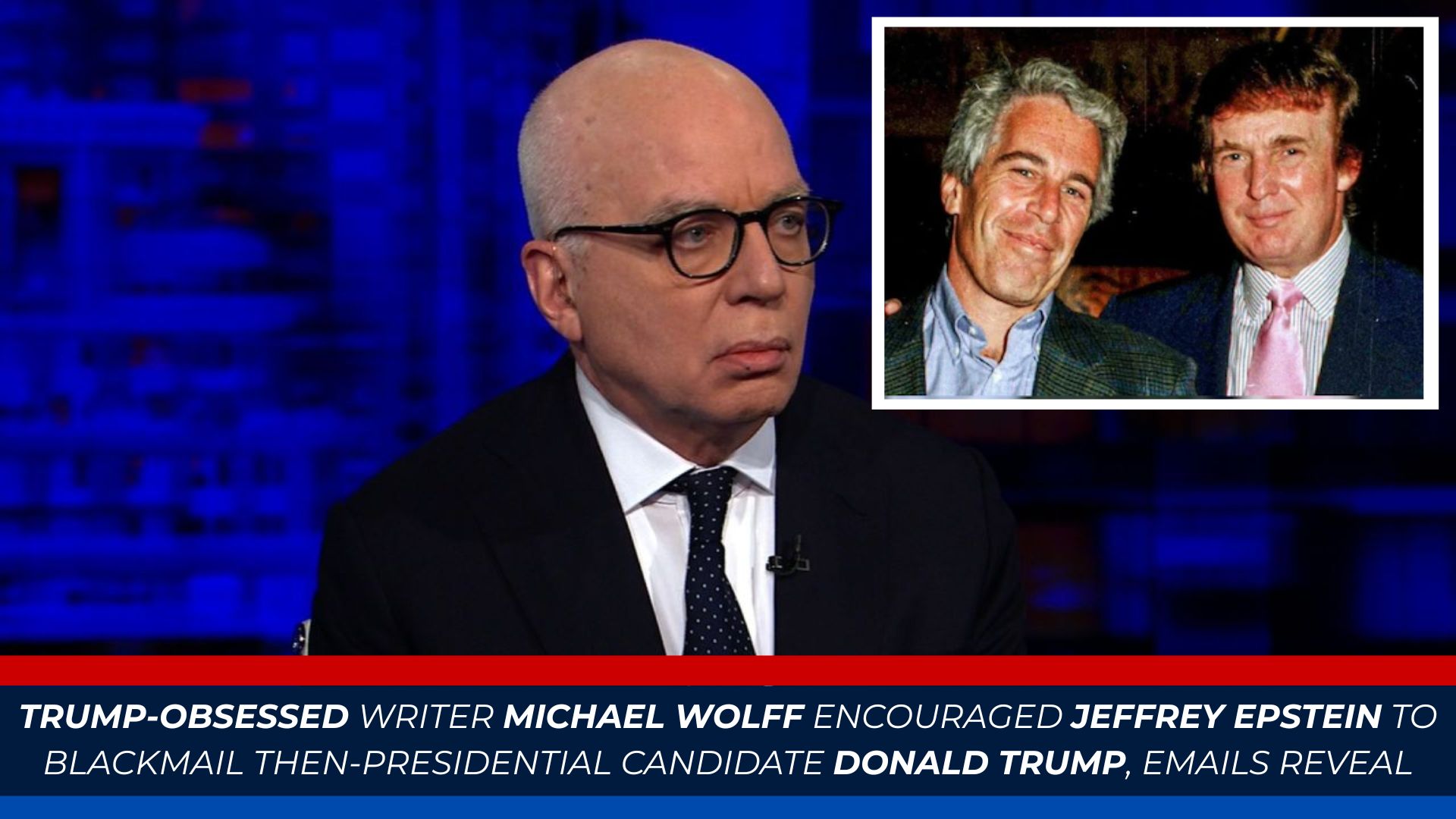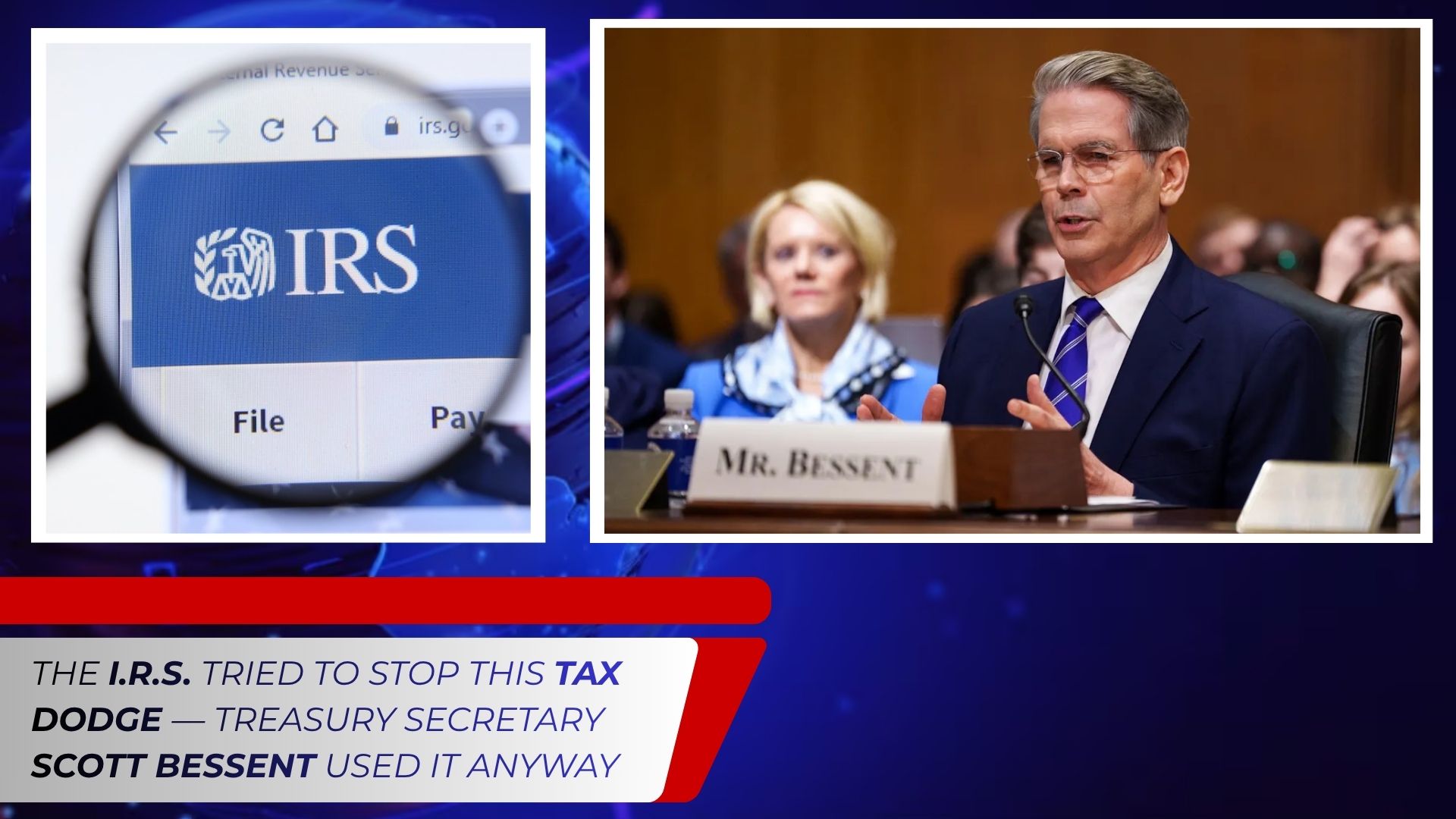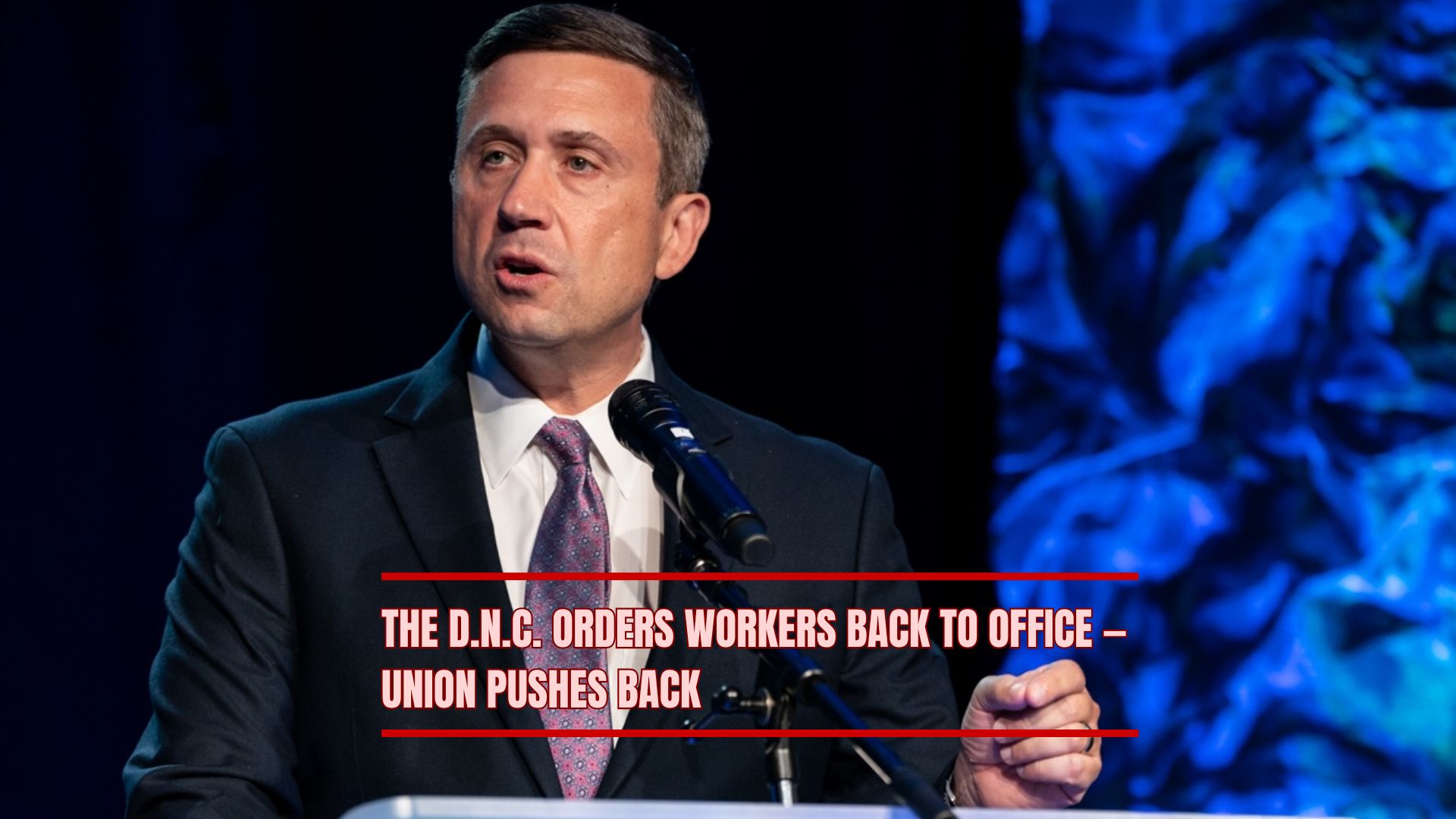Roosevelt Avenue, running through one of the most densely populated neighborhoods of New York City, has become central to discussions over quality of life and urban management as the 2025 mayoral race heats up.
The avenue is a vibrant tapestry of cultural diversity, home to Colombian restaurants and taco stalls alongside Indian food shops and fresh fruit stands. Street vendors sell homemade tamales, grilled meats, and specialty goods, while small businesses operate as money transfer counters, cellphone repair shops, and beauty salons. The mix of commerce extends further, with sari shops and imported shapewear boutiques lining the avenue.
Residents and city officials describe Roosevelt Avenue as a microcosm of Jackson Heights’ rich cultural heritage, showcasing the multiculturalism that defines Queens. Yet alongside its vibrancy, the area faces challenges related to urban safety, sanitation, and street-level regulation.
Quality of Life Concerns
A persistent issue on Roosevelt Avenue is the presence of sex workers who can often be seen both day and night, highlighting broader concerns around public safety and quality-of-life management. Local residents and community groups have long advocated for stronger policing, social services, and street-level enforcement to address these challenges.
City administrations over the past decade have struggled to strike a balance between supporting local commerce, ensuring public safety, and respecting the rights of marginalized groups. The intersection of informal economic activity, street vending, and nighttime sex work creates a complex environment for urban policymakers.
Spotlight in the Mayoral Race
As candidates vie for New York City’s top office, Roosevelt Avenue has become a symbolic issue reflecting broader debates on urban management, policing, housing, and inclusivity. Candidates are increasingly being asked to outline concrete strategies for addressing the area’s density, crime, and street-level disorder, while preserving its cultural vibrancy.
Community leaders emphasize that solutions must be multifaceted, combining enhanced policing with social programs, infrastructure improvements, and business support. Advocates stress that Roosevelt Avenue is more than a problem area—it is a lifeline for immigrants, small businesses, and families who rely on the avenue for economic and social activity.
Community and Business Perspectives
Many small business owners on Roosevelt Avenue highlight the importance of keeping the area safe and welcoming for customers. One vendor noted, “We want people to enjoy the culture and food here, but safety has to come first. Nighttime activity makes it hard for families to feel comfortable walking the street.”
Residents echo these sentiments, calling for cleaner streets, better lighting, and more consistent enforcement of city regulations. At the same time, some community members caution against overly aggressive policing that could displace vulnerable populations or harm small businesses, emphasizing the need for balance.
Historical and Cultural Context
Jackson Heights, and Roosevelt Avenue in particular, have long served as a landing place for immigrants from South America, South Asia, and beyond. The neighborhood’s eclectic mix of restaurants, retail, and services reflects a century-long tradition of cultural exchange and entrepreneurship.
Urban planners and sociologists describe Roosevelt Avenue as a living laboratory for studying the dynamics of multicultural neighborhoods, where economic opportunity, public safety, and urban planning intersect. Its challenges are indicative of larger citywide issues facing New York’s dense, diverse communities.
Looking Ahead
As the mayoral campaign unfolds, Roosevelt Avenue is likely to remain at the center of policy debates over public safety, quality of life, and urban management. Candidates will need to demonstrate a nuanced understanding of how to support economic vitality, social services, and public order simultaneously.
The avenue stands as a symbol of both opportunity and challenge, reflecting the broader complexity of governing one of the world’s most diverse cities. For residents, business owners, and policymakers alike, Roosevelt Avenue represents a test case for balancing vibrancy with livability, a challenge that will resonate far beyond Queens.
%20(4).png)



